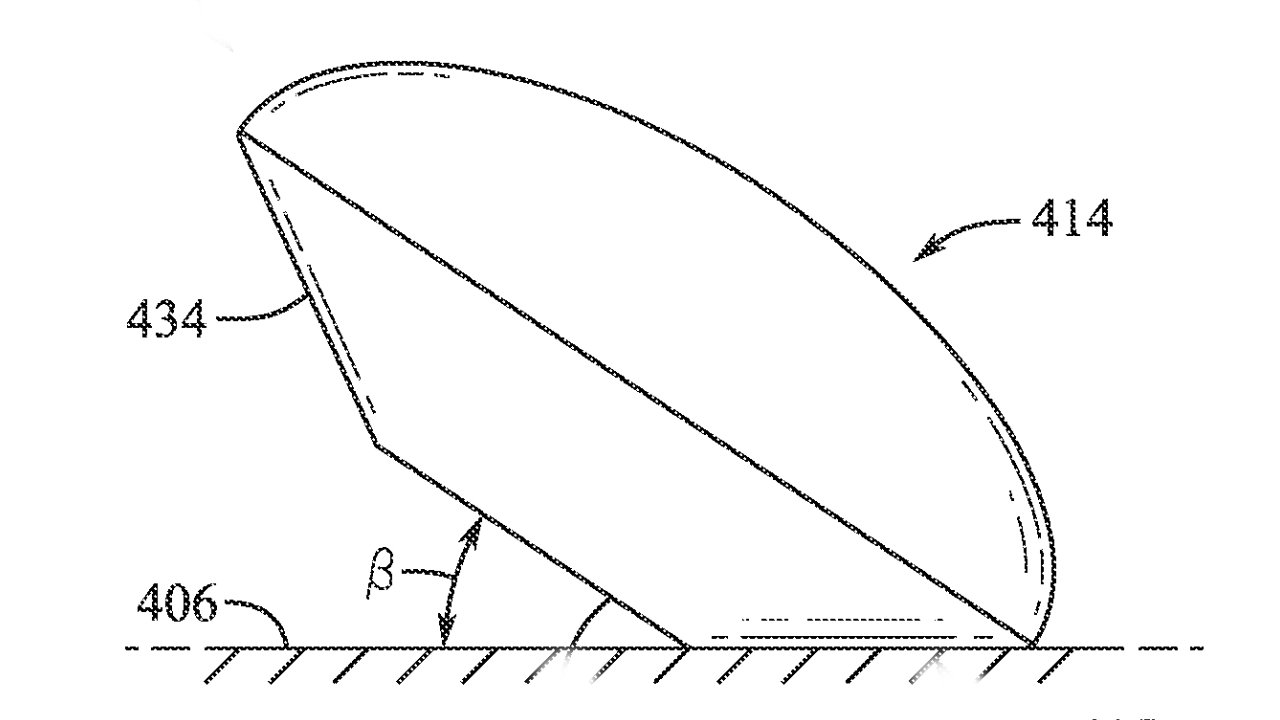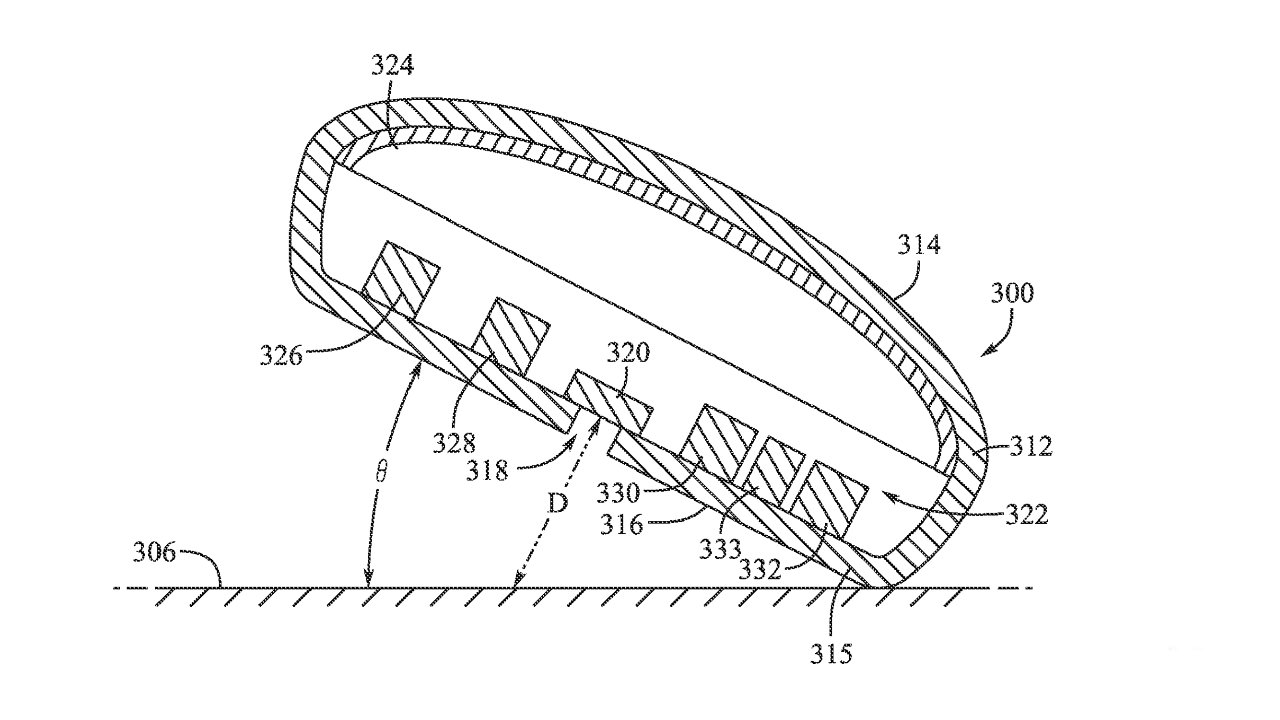Forty years after it popularized the mouse, Apple is researching a replacement that users can tilt or take off the desk entirely to move their cursor around.

Future Magic Mouse designs could include the ability to tilt in order to control further functions
The mouse came into its own with the original Mac in 1984, and then Apple made trackballs the thing to have with the PowerBook range in 1991. Three years later, those were old hat, and trackpads were in.
After decades of use, mice and trackpads still rule, and trackballs have only become a little niche. We're covered for input devices, but that isn't stopping Apple from looking for new ones.
In a newly-revealed patent just called "Input Device," Apple proposes a range of odd-looking controls. Some look worryingly like Apple's infamous hockey-puck mouse from the original iMac.

Cross section of a Magic Mouse-like design including new tilt sensors
Others, at least in cross-section view, look a lot like the current Magic Mouse. Consequently, the patent application talks a lot about adding tilt sensors to input devices.
"[A] user can tilt the input device to cause a computing device to perform a desired function," says the patent application. The input device can be tilted in different directions or to different degrees, and those tilting motions or positions can be detected and interpreted as command signals for the computing device to perform a desired function."
So as well as forward and back, left and right, and so on, a user could turn a mouse on its edge to select some control or perform some action. "The desired function can be any function carried out by the computing device," says Apple, "whether visibly apparent on a display screen of the computing device or not."
Three example designs for a new input device
As well as tilting to the side or perhaps forward and back, such an input device could be lifted off what Apple refers to as a support surface. "The support surface can be, for example, a desktop surface or other surface supporting the input device," it says.
It sounds obvious that such an input device would chiefly be on a surface like a desk. It also seems obvious, then, that any tilting detection would be done inside the device, yet sometimes Apple makes more of the support surface.
While patent drawings are only ever intended to be broadly illustrative, some of the ones in this patent application suggest a more active support surface. One looks to be the size of a current Magic Trackpad, for instance, with a Magic Mouse on top of it.
It's the example drawings of the proposed input device that are the most immediately intriguing. Other than the Magic Mouse-like ones, the rest show various round and clearly rotatable designs.
Those designs look to be of devices where the user would put their whole hand over the top and guide the device around like on a Ouija board. But then some also look like approaching UFOs.
This patent is credited to 10 inventors. The include Megan M. Sapp, whose many previous patents and patent applications include one to do with pinch gestures on a mouse surface.